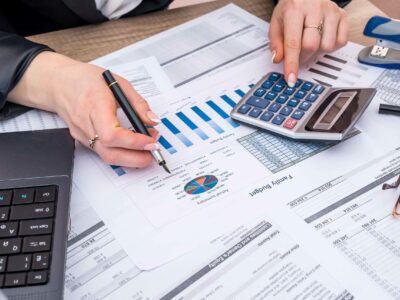Gioffre & Company, LLP Westchester NY CPA
Protea Financial knows and understands the specific challenges of running a successful winery. Hence, keeping a firm track of all the changes requires specialized accounting skills. Numerous steps are involved in the process, from cultivating vineyards to fermentation, aging, and packaging. Be it federal, state, or local wine accounting regulations, all of them must be considered regularly by experts. These include managing licenses, labeling, excising taxes, and formally stating requirements. Given the high dollar value of many bottles of wine, it is not a surprise that many asset misappropriation schemes in the wine industry involve inventory theft.

Accounting and Tax Issues for Wineries
Some include an extensive production cycle, the aging inventory, and demand for seasonal varieties. Like any other business, the wine industry must also analyze and report its finances timely. This is essential for proper decision-making and evaluation of the company’s performance. One of the major accounting complications faced by wineries is extensive regulatory compliance (and its changes).
Accounting services for wineries
This article is part of a three-part series on the cost of goods sold—a key metric that can help wineries understand their profit margins. In our previous article we provided an overview of how to calculate it and why it matters. Here, we’ll dive into steps for setting up a system and practices to derive this metrics. In our final article of the series, we provide cost of goods sold insights specific to wineries of different sizes. Every employee’s wages, benefits, and payroll taxes must be accounted for and apportioned. If you operate a vineyard in addition to winery, include those labor expenses in your total labor cost.
Understanding Gross Profit Margins
- This approach involves recording costs to the expense accounts during a given period and transferring them to inventory on the balance sheet at each reporting period end and then adjusting based on the physical inventory on-hand.
- Also, an audit is not designed to detect immaterial misstatements or noncompliance with the provisions of laws or regulations that do not have a direct and material effect on the financial statements.
- Our mission is to help clients maintain financial viability in the present while taking a proactive approach to achieve future goals.
- Under this method, the cost of each inventory item is tracked from the time of purchase or production through the time the wine is bottled.
- Again, keep in mind that you still don’t have any grapes yet at this point to make your wine.
- And if you’re trying to close the books, this means that the amount of the depletion allowance has to be accrued, and it’s pretty much a guess.
- In particular, industry predictions presented in Silicon Valley Bank’s “State of the Wine Industry 2018” report provides some valuable information for both newbie and expert vineyard owners.
Wineries with onsite retail operations, such as tasting rooms or wine clubs and e-commerce, often benefit from implementing a point-of-sale (POS) system. Due to their expense, POS systems were once largely only found in restaurant operations and large retailers. However, technology https://www.bookstime.com/articles/accounting-for-obsolete-inventory advances have made POS and credit card processing affordable, even for small winery operations. Many owners find that having real-time perpetual inventory quantity and financial data invaluable—especially in the middle of a busy wine release when sale orders are high.
Insights for All: Tasting Room Activities

Wineries in this category typically have both a strong CFO and controller, as well as a sizeable supporting accounting department. GAAP because the majority of them are required by their lenders or investors to provide U.S. Create costing protocols with input from winemakers, production staff, and other department heads to help ensure the costs accurately reflect the level of inputs and effort required to make different wines.
What are the key components of wine accounting for a winery?
GAAP for financial reporting requirements of certain financial statement users. Smaller wineries may be able to modify reporting as needed to accommodate resource and budget constraints as well as any system limitations. For example, if the area dedicated to packaging takes up to 30% of your total facility floor space, you can apportion 30% of your total rent and building insurance to package. Conversely, utilities are usually broken down by actual consumption per production stage, unless all departments are using nearly equal amounts of energy. The costs of grapes, bulk wine, glass, and other dry goods must be assigned to separate wines and tracked by SKU.

